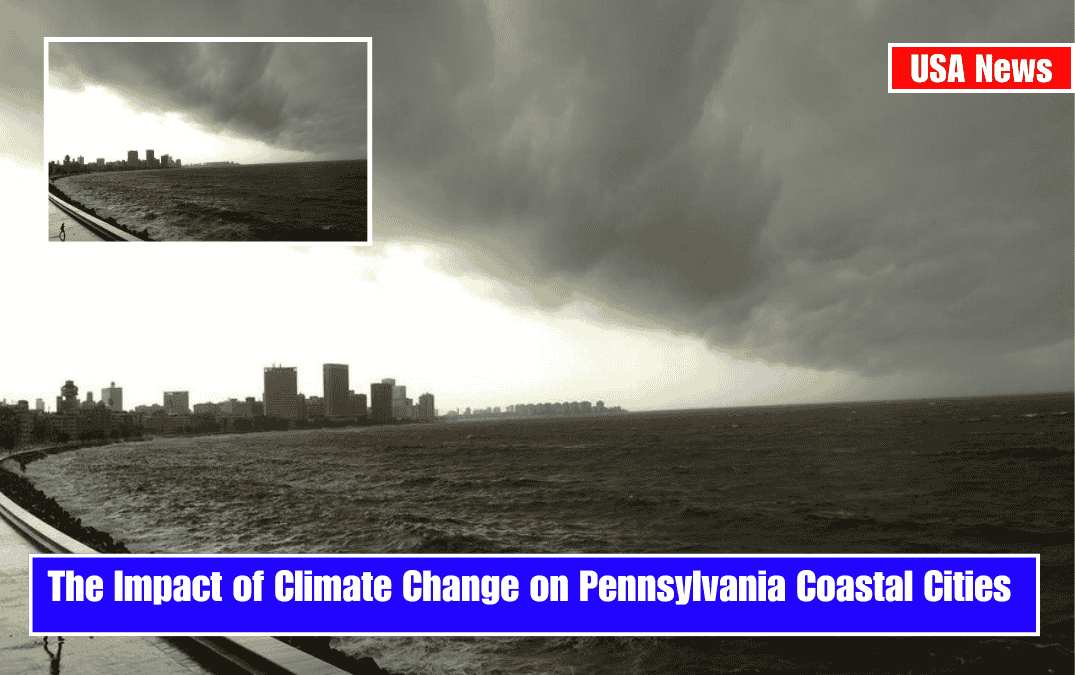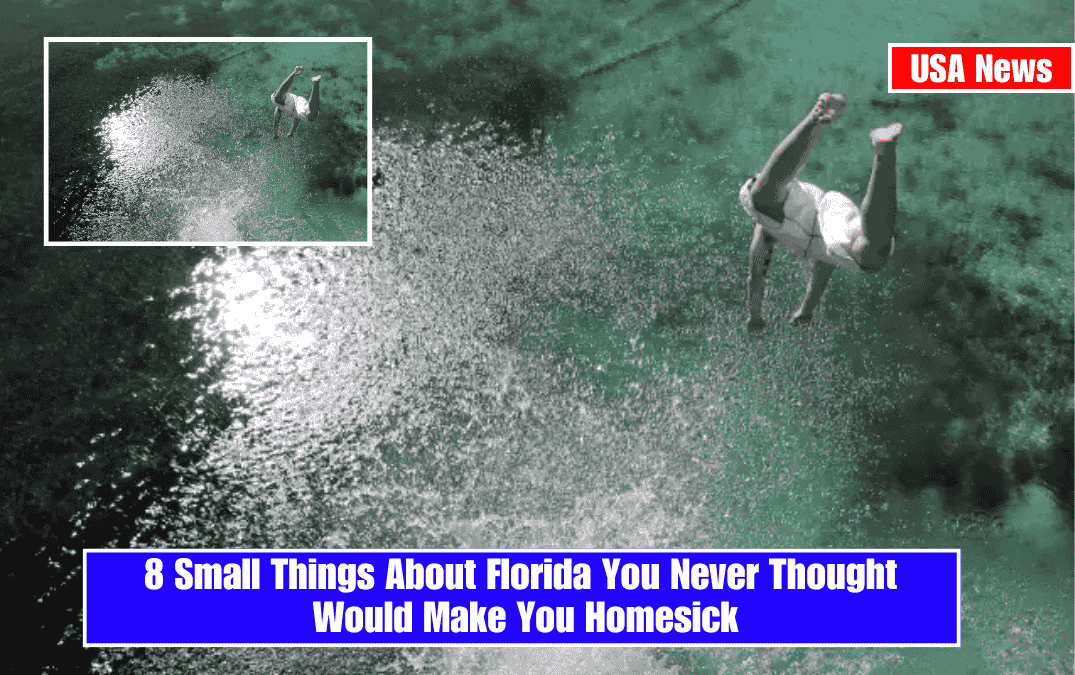Climate change is significantly impacting Pennsylvania’s coastal cities, particularly those along the Delaware River and Lake Erie. These areas face increasing risks from rising sea levels, extreme weather events, and shifting ecosystems. Here’s an in-depth look at the challenges and potential adaptations for Pennsylvania’s coastal cities:
Rising Sea Levels
The Delaware Valley is experiencing a faster rate of sea level rise compared to other coastal regions due to subsidence (land sinking). Projections suggest that the tidal portion of the Delaware River could rise by one to four feet within the next century.
This poses serious risks to infrastructure, including neighborhoods near Philadelphia International Airport and Penn’s Landing, which are already within the 100-year floodplain.
Higher sea levels exacerbate flooding during storms and heavy rainfall. Municipalities along the Delaware River are increasingly vulnerable to coastal flooding, which could damage homes, roads, and critical facilities. Additionally, saltwater intrusion into freshwater systems threatens Philadelphia’s drinking water supply during droughts.
Extreme Weather Events
Pennsylvania’s coastal cities are experiencing more frequent and intense storms due to climate change. For example, Hurricane Ida in 2021 brought unprecedented flooding to parts of the state, highlighting the growing intensity of such events in a warmer climate. Heavy precipitation events have increased by 70% in the Northeast since 1958, with further increases expected in the coming decades.
Flooding caused by these storms impacts private properties, roadways, and aging stormwater infrastructure, leading to secondary effects like erosion and pollution. Municipalities struggle to cope with these challenges as existing systems are often insufficient to handle the increased stress.
Ecosystem Changes
Rising sea levels and increased salinity in tidal waters are altering ecosystems along Pennsylvania’s coastlines. Tidal freshwater wetlands along the Delaware River may capture enough sediment to keep pace with rising sea levels. However, higher salinity could kill wetland plants, leading to their replacement by salt-tolerant species or shallow waters. This shift threatens biodiversity and could reduce natural flood protection provided by wetlands.
Lake Erie is also undergoing significant changes due to climate change. Coastal erosion and fluctuating water levels are reshaping its shoreline, while rising temperatures affect aquatic ecosystems. These changes impact local fisheries and recreational activities that are vital to Erie’s economy.
Adaptation Efforts
Pennsylvania has made strides in climate adaptation through initiatives like the Climate Resiliency Action Network of Erie (CRANE). This alliance focuses on equitable community engagement and implementing projects such as green stormwater infrastructure and low-impact development. Municipalities participating in hazard mitigation plans can access federal funding for flood prevention projects.
Efforts in southeastern Pennsylvania include outreach programs to educate communities about flood risks and planning tools like Chester City’s Climate Adaptation Planning Element. These initiatives aim to integrate resilience into urban development while addressing vulnerabilities in underserved communities.
Climate change poses significant challenges for Pennsylvania’s coastal cities through rising sea levels, extreme weather events, and ecosystem disruptions. While adaptation efforts like green infrastructure and hazard mitigation plans show promise, more transformative measures are needed to protect these communities from future risks.
Collaborative planning and investment will be critical for ensuring sustainable development along Pennsylvania’s coastlines.
SOURCES:-
[1] https://en.wikipedia.org/wiki/Climate_change_in_Pennsylvania
[2] https://www.nature.com/articles/s44284-024-00106-9
[3] https://seagrant.psu.edu/outreach/climate-change/
[4] https://19january2017snapshot.epa.gov/sites/production/files/2016-09/documents/climate-change-pa.pdf
[5] https://www.dvrpc.org/resiliency/coastal/









